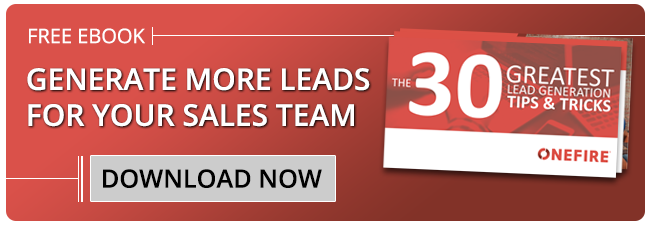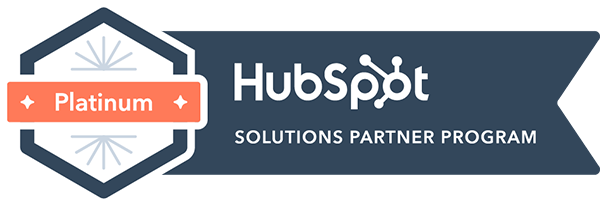
A trade show is a great way to increase awareness of a company’s brand, products, and services.
However, in our view, capturing leads at these events leaves a bit to be desired.
Many businesses still rely on capturing leads at trade shows by having their prospects fill out paper forms or hand over business cards. That information must then be transcribed and entered into a CRM. By the time these businesses follow up with prospects, the buzz of the conference has fizzled.
In short, businesses are leaving money on the table with inefficient lead capture at trade shows.
That’s why we’re offering five strategies to improve the lead capture process.
1. Bring Someone To Handle Lead Input On Site
Part of the reason that businesses take so long to get new contacts into their CRM is that they wait to import leads until after the conference. This lag time results in delayed post-conference outreach, allowing a competitor to reach people before you ever have a chance.
Be proactive about importing your leads by bringing someone from your team to transfer lead data from paper forms or business cards to your CRM. This allows your reps to focus on people at the booth without needing to handle the administrative work. Before your reps get in the car or step on to the plane, they’ll have all the ammunition they’ll need for follow-up once they get home.
While this strategy is low-tech, it can be expensive, as Executive Travel has found that the average per diem for business travel is now $325 per day. Said another way, a business spends $1,425 for each person it sends on a trip.
Let’s look at some less expensive options.
2. Rent A Device
Organizers of larger conferences may print name tags that have a barcode or QR code on them.
Those organizers typically form partnerships with vendors that offer lead retrieval services.
Keep an eye peeled in your email inbox for these offers.
Generally, the most basic—and economic—level of lead retrieval is renting a scanner.
If you’ve gone shopping at a grocery store or department store, you may have purchased an item that is too big to fit on the conveyor belt at the checkout lane. The cashier may pull out a handheld scanner to scan the UPC and ring your item up.
The lead retrieval device is similar.
Depending on your level of investment, your scanners may print one long piece of paper (almost like a receipt) with the attendees’ information. Or, the scanner provider may provide you with a USB at the end of the conference with a spreadsheet you can import to your CRM.
We recommend politely asking each attendee for permission to scan their badge. Most will agree, but some will not.
3. Use An App
An app may be considered an upgrade from a scanning device.
The app lets you use your own device, such as a smartphone or tablet, to scan someone’s badge.
While the app is free, you must pay to get a license.
The app typically connects to a cloud database, meaning you can access your contacts immediately in a corresponding web portal. This allows your team at home to monitor your progress on the floor in real time.
What sets usually sets the app apart from the scanning device is its ability to include a customized survey. Ask the provider to send you its default list of questions, and consider whether it’s worth it to include your own questions to help you parse through leads more efficiently.
After the conference, the service may show you which of your team members scanned the most leads and at what times your exhibit was the most popular.
From there, download your leads to a spreadsheet, and import them into your CRM.
4. Build Your Own
Building your own lead retrieval system can be inexpensive and efficient.
Create a form using your tool of choice, such as a Google Form. Then, at the event, use a dedicated device (with cookies turned off!) from which to submit data during the trade show. When the event finishes, export the data to a spreadsheet that you can then import to your CRM.
You may use only this functionality, or you may build a mini app with navigation to the lead capture section, as well as videos and other content related to your company’s products and services.
5. Use An Interactive Experience
Consider whether augmented reality or virtual reality could support your presence at trade shows.
Some of our clients experienced challenges describing their product to prospective customers. After all, it might be difficult to get a piece of heavy machinery into a 10x10-foot booth space.
Enter Yuso, an AR platform that lets you take your products anywhere.
Yuso uses AR to display your organization’s products in an immersive experience for the prospect. Yuso lets you input leads within the app, eliminating part of the data import process and helping you forget about transcribing business cards or paper.
Exhibiting at a trade show should provide a return on investment. Generating leads and following up with them in a timely manner is crucial. Use any of the strategies here to improve lead capture at trade shows and make your next event the best one yet.




